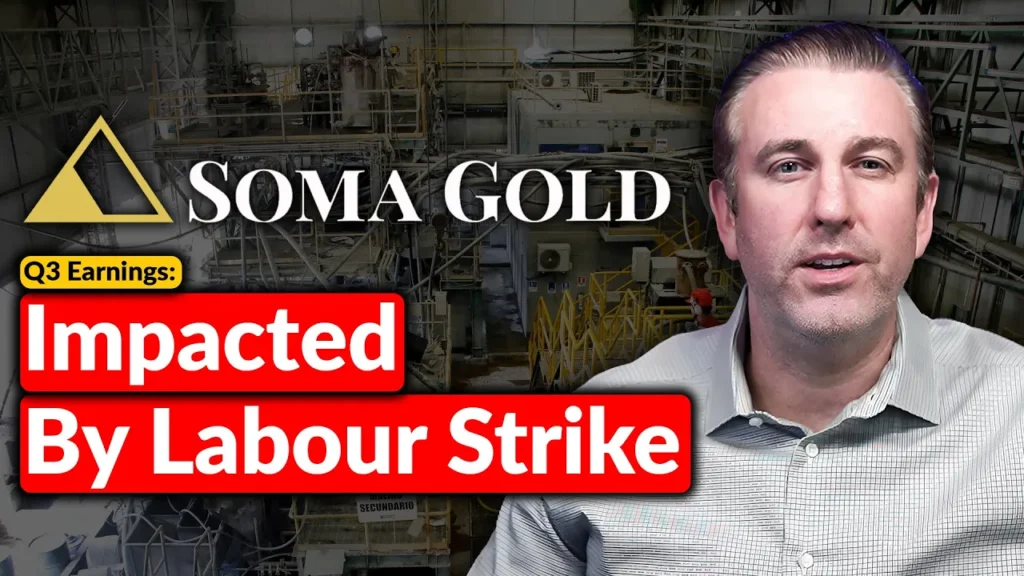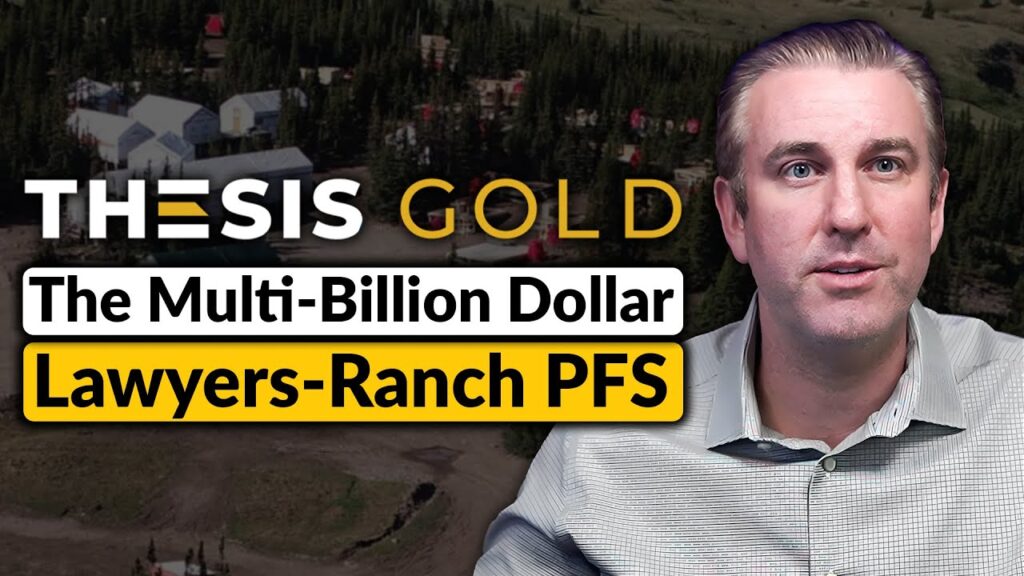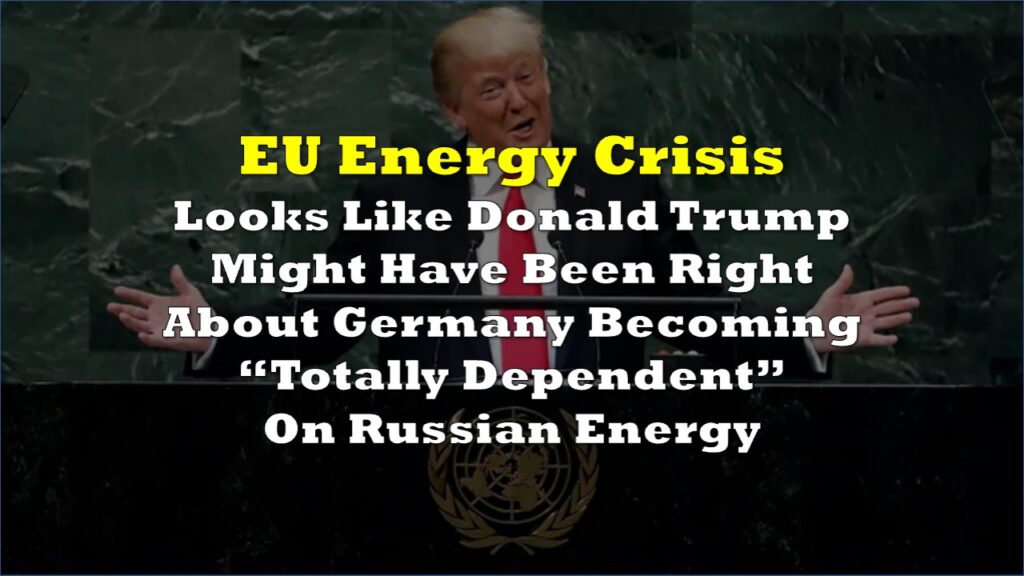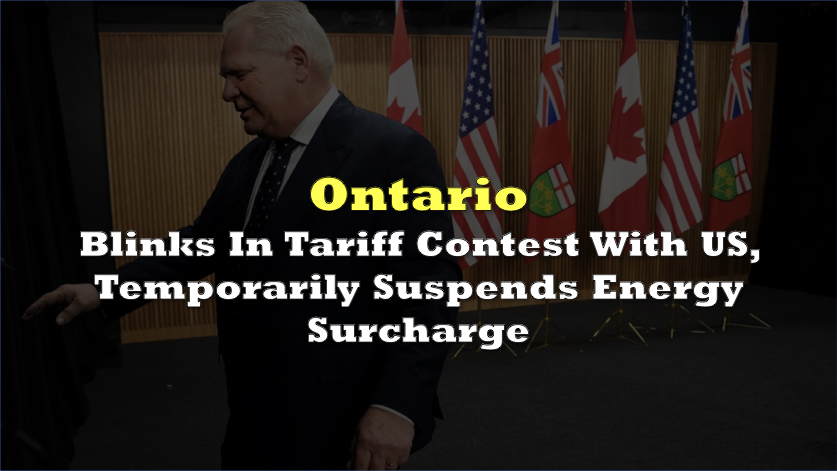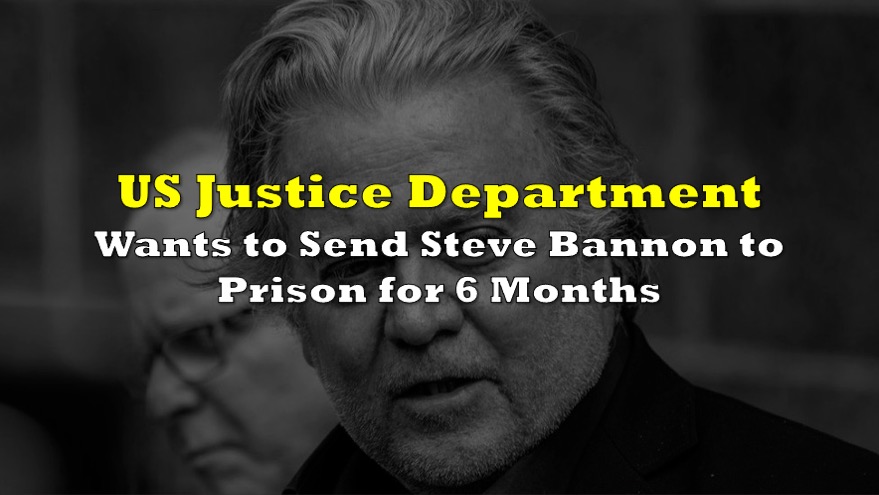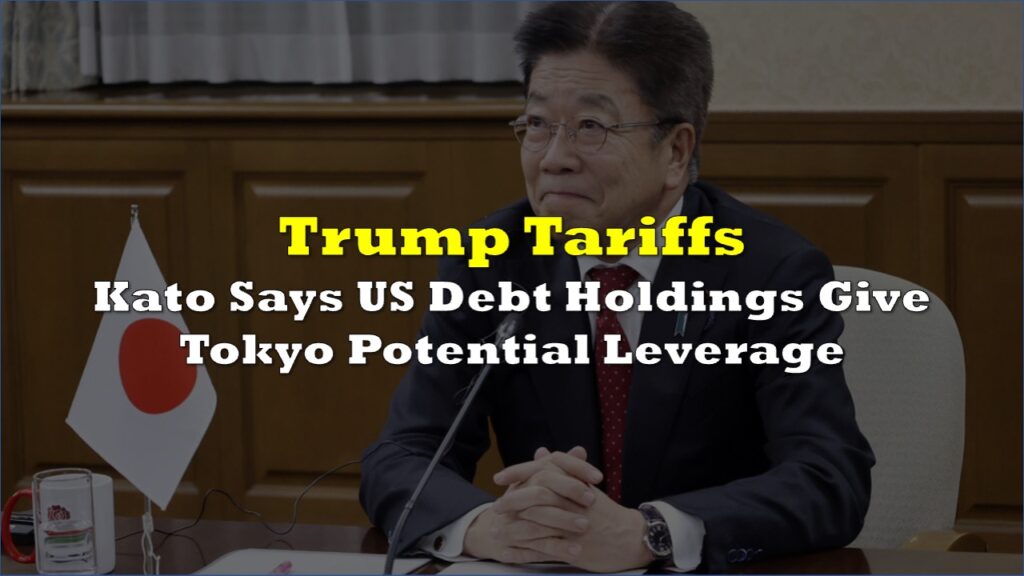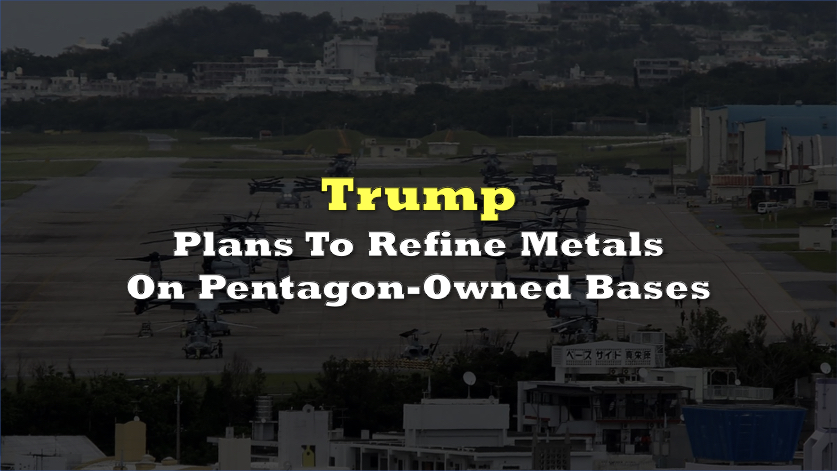President Donald Trump’s proposed 25% levy on imports from Canada and Mexico is scheduled to take effect today after being postponed for weeks. While there is no clear sign whether or not this will push through or be deferred once again, the tariffs have posed serious threats of potential inflation, supply chain disruption, and economic retaliation from America’s largest trading partners.
Signs of turbulence have already appeared in financial markets, with the S&P 500 retreating 1.7% on concerns over a potential slowdown in US manufacturing, higher consumer prices, and geopolitical uncertainty.
Industry forecasts, including from Bernstein, estimate that US manufacturers could face a headwind of up to $110 million per day, adding up to as much as $40–$41 billion per year if trade flows remain unchanged. This comes from the tariffs potentially adding an extra $2,700 per vehicle,spread across an estimated 15.9 million vehicle sales, produced by the Detroit Three—General Motors, Ford, and Stellantis.
Bernstein models that 25% tariffs on Canada and Mexico adds $2700 per car, would wipe out 65% of GM's FCF, and lead to lower profits and lower investment in the US. pic.twitter.com/NRCjwWSPwz
— modest proposal (@modestproposal1) March 3, 2025
In addition, on unchanged trade flows, tariffs targeting Canada and Mexico alone are projected to cost US industry up to $110 million per day. Cars assembled on American soil but using foreign parts could see manufacturing costs rise by $1,200 each, representing a 3% increase relative to current prices. Vehicles imported entirely from Canada or Mexico might shoulder an increase of as much as $8,000 per unit, or around 20% of the sticker price.
Ford and GM have both indicated that they would likely raise prices between 1% and 2%, a move that could soften demand by up to 1.7% for certain high-volume models. Ford’s internal combustion vehicle sales, for instance, might drop 0.9% if prices rise 1.12%. GM, which produces a significant share of its North American lineup in Mexico, could absorb around $1,200 per vehicle in 2025, ramping up to $1,600 the following year. Meanwhile, Stellantis is forecast to take an average hit of $2,400–$2,500 per unit from late 2025 into 2026.
By estimates, these combined pressures threaten to slash automotive free cash flow anywhere from 38% to 64% across the Detroit Three if the duties remain in place.
Yeah, I voted for Trump but I never thought he’d be so foolish to actually move forward with 25% tariffs given the well-documented history of how the Smoot-Hawley Tariff Act of 1930 triggered the onset of the Great Depression as global trade flows dried up. pic.twitter.com/s2v5hvbC4u
— Gary Black (@garyblack00) March 3, 2025
Meanwhile, analysts at Citigroup cautioned that US corporate earnings estimates “don’t fully reflect potential risks” from the proposed tariffs, and Morgan Stanley strategists predicted US equities would be highly sensitive to any economic slowdown triggered by heightened trade barriers.
In Canada, frustration has escalated to the point where Ontario Premier Doug Ford publicly threatened to halt critical minerals, metals, and electricity exports if Washington implements the tariffs.
“U.S. markets are already tanking,” Ford said in a recent statement. “Americans will pay more for everything. For the sake of the American people, President Trump needs to pull back his tariffs.”
Ontario 🇨🇦 Premier says TRADE WAR could start at midnight, willing to stop flow of Critical Minerals, Metals and Energy. Says willing to stop sale of Electricity. Trump threat is existential. #Nickel #uranium is mentioned. MUST WATCH 👇 RT
— NostraThomas 🇨🇦 (@SloCan68) March 3, 2025
Wow!!! Trump can stop this. https://t.co/ewYXawUnRA
This is gunna sting for the U.S. https://t.co/ove5Kmual3
— Dieter MacPherson 🚀🌔 (@dmacpher) March 3, 2025
Supply chain disruptions could also reverberate through the agricultural sector, as Trump’s initial call to American farmers—“Get ready to start making a lot of agricultural product to be sold INSIDE of the United States”—has been met with skepticism among producers reliant on robust export markets. Trump’s social media post spark yet another uncertainty as he seems poised to implement tariffs on “external product” in agriculture next month.
uhhhhhh fellas…. https://t.co/BH3MWGm4tF
— GrainStats 🌾 (@GrainStats) March 3, 2025
Trump continues to argue that “reciprocal tariffs” can pressure Canada and Mexico into more advantageous agreements, framing the issue as a way of leveling the playing field for American businesses. Yet the longer negotiations remain in limbo, the more likely it becomes that retaliatory measures by US trading partners will take effect.
In the view of this column, the question is not if these tariffs will cause economic damage, or even if whether or not it would cause damage if these get implemented. The effect is already happening even if it’s still a threat, and the question now is how extensive and lasting that damage may be.
Information for this briefing was found via the sources mentioned. The author has no securities or affiliations related to this organization. Not a recommendation to buy or sell. Always do additional research and consult a professional before purchasing a security. The author holds no licenses.


